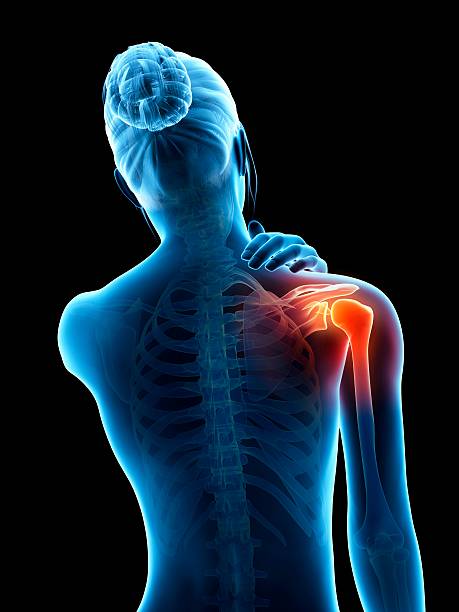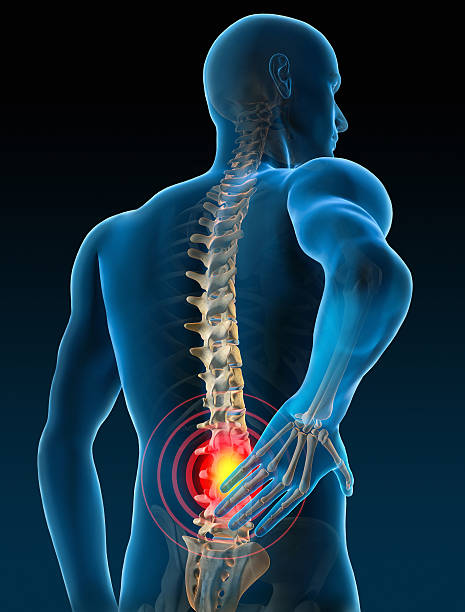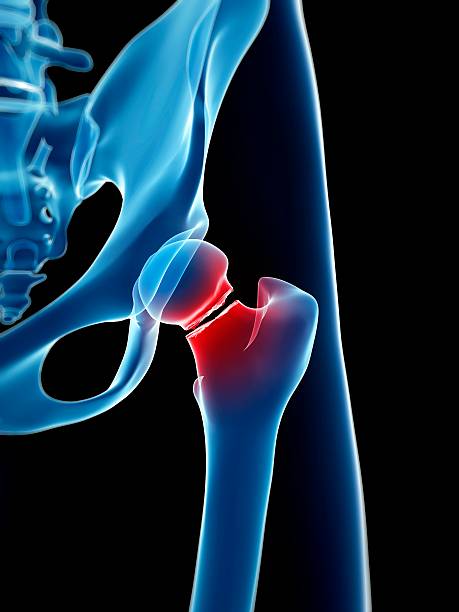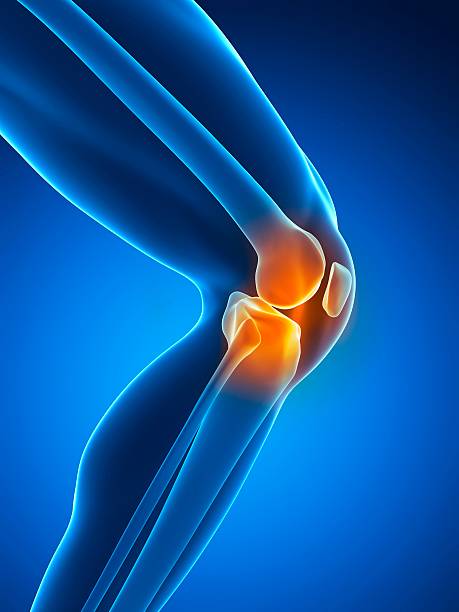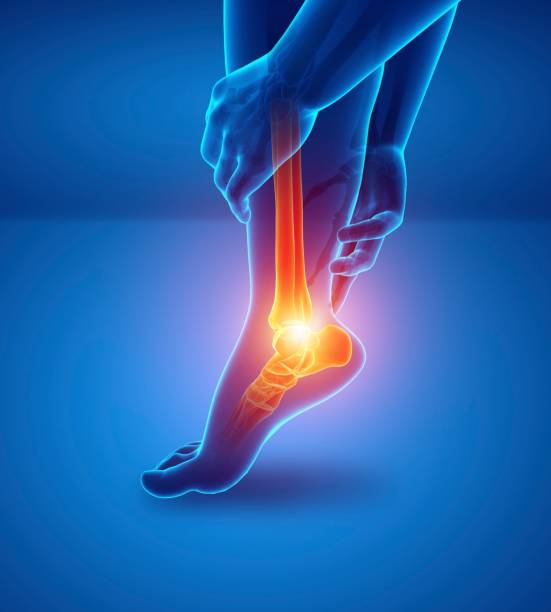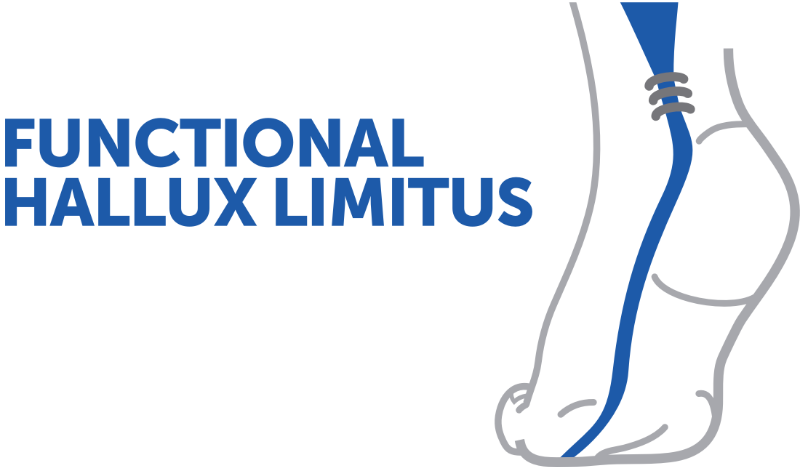Total shoulder prosthesis and return to sport in elderly patients
This article explores the return to sport in patients over 70 years of age after total shoulder replacement. It compares the functional outcomes of anatomical and reverse prostheses, discusses indications, time to return to sport, complications, and long-term patient satisfaction.
Doctors
Topics
Treatments
Advice
- Dr. Amine Ferchichi
- Shoulder prosthesis
- Senior sport
- Anatomical/reverse prosthesis comparison
- Indications and deadlines
- Functional results
- Anatomical prosthesis
- Reverse prosthesis
- Resumption possible after 8 months
- Better functional results with anatomical prosthesis
- Varied indications depending on the headdress
- 90% of satisfaction
- Implant survival up to 98%
Information
Video type:
Anatomy:
Shoulder arthroplasty in elderly patients
Osteoarthritis and irreparable rotator cuff damage are a common cause of loss of mobility and pain in patients over the age of 70. Shoulder arthroplasty, whether anatomical or reverse, is an effective surgical solution that provides significant improvement in pain and range of motion.
The growing demand for this type of intervention is explained by the aging of the population and by the desire to maintain functional autonomy, including in sports practice.
Differences between anatomical prosthesis and reverse prosthesis
The anatomical prosthesis preserves the biomechanics of the shoulder and offers better functional results when the rotator cuff is intact. In contrast, the reverse prosthesis shifts the center of rotation, allowing the deltoid to compensate for a deficient rotator cuff.
Thus, the indication is mainly based on the condition of the rotator cuff. Reverse prostheses are preferred in cases of irreparable lesions, complex fractures or even pseudo-paralytic shoulders.
Patients who have had a prosthesis can resume their sporting activities.
Resuming sports activity after total prosthesis
Resuming sports activity has become a legitimate expectation for surgical patients. Studies show an average wait of 8 to 9 months before returning to a satisfactory level of activity. The distinction is mainly made between low-impact sports (Nordic walking, skiing, weight training) and sports that place significant demands on the shoulder (tennis, climbing, golf).
The results are comparable between anatomical and reverse prostheses, although patients with anatomical prostheses generally have better mobility.
Complications and longevity of implants
The complication rate after total shoulder replacement remains low, at around 2% in 3T. For anatomical prostheses, the most common complication is secondary rotator cuff injury, while for reverse prostheses, it is more likely to be acromion fractures or neurological injuries.
The implant survival rate is remarkable: approximately 97 to 98 % at 14 years in elderly patients. These results confirm the long-term reliability of these surgical solutions.
Patient satisfaction after surgery is 90%.
Factors influencing return to sport
Return to sport depends on several factors: age, severity of the condition, duration of preoperative disability, and the type of activity performed. Patients who were active before surgery are more likely to return to their activity, sometimes even at an improved level due to increased mobility and strength.
Thus, the initial profile of the patient remains decisive for post-operative functional success.
Conclusion and perspectives
Total shoulder replacement, whether anatomical or reverse, provides lasting pain relief and allows elderly patients to resume an active lifestyle, including sports. While anatomical replacements retain functional superiority, reverse replacements offer a reliable solution in complex cases.
High patient satisfaction is a testament to the positive development of these techniques, which combine effectiveness, longevity and improved quality of life.
Pathologies treated at the center
Hallux Limitus
Functional
Your pain has a cause.The balance sheet allows us to understand it.
- Gait analysis
- Posture Assessment
- Guidance on the right treatment
- Study of plantar supports and supports
- Detection of compensations
- Pain–movement correlation
The functional assessment allows us to understand how a joint or postural imbalance can trigger or perpetuate pain. Very often, imaging is normal, but movement is disturbed. By analyzing gait, weight-bearing patterns, or posture, we identify the weak links in the chain and guide targeted treatment adapted to the patient's actual mechanics.


